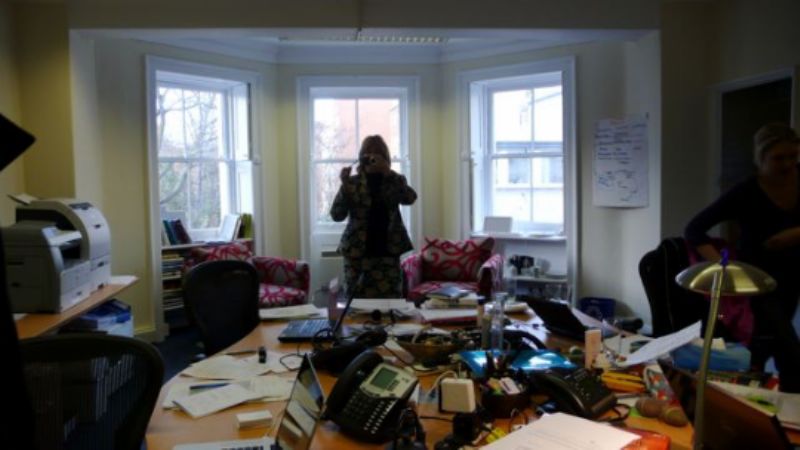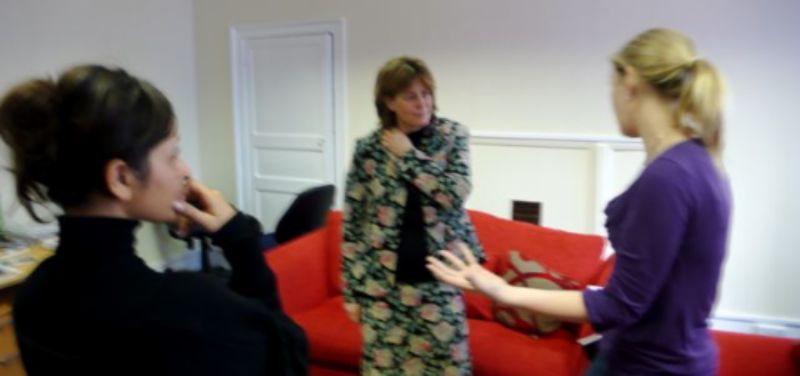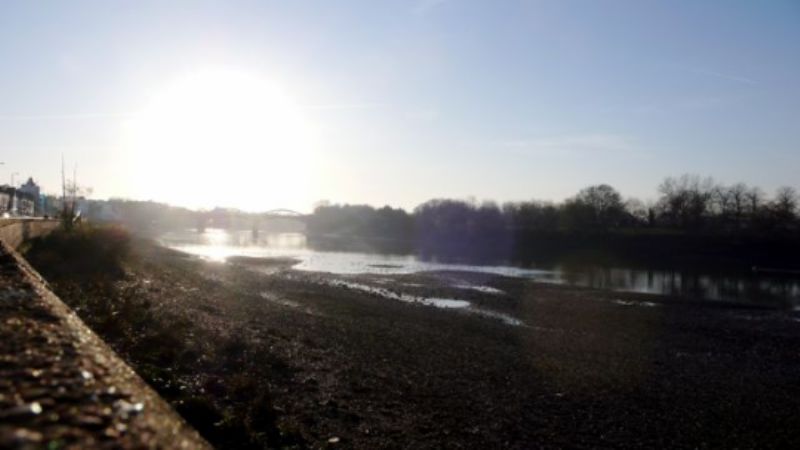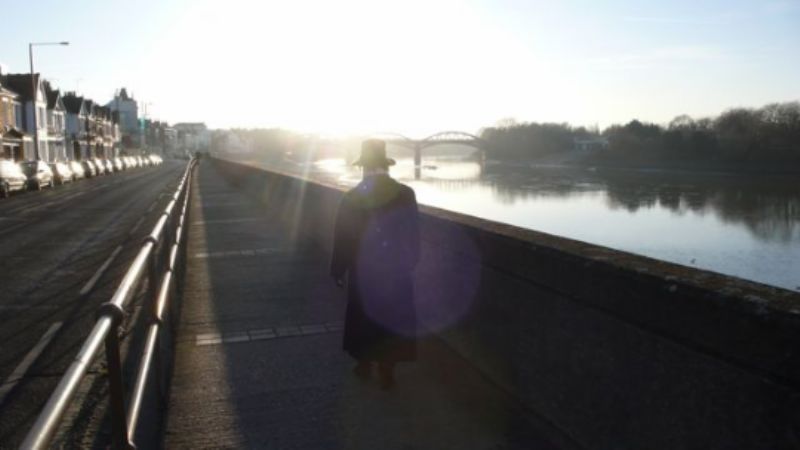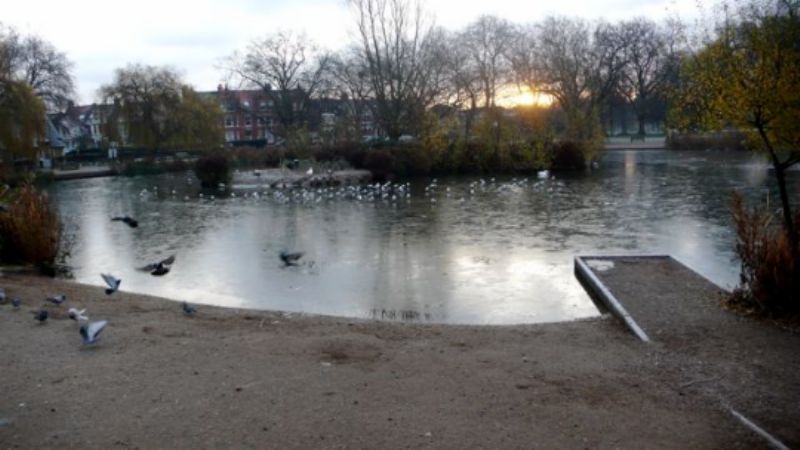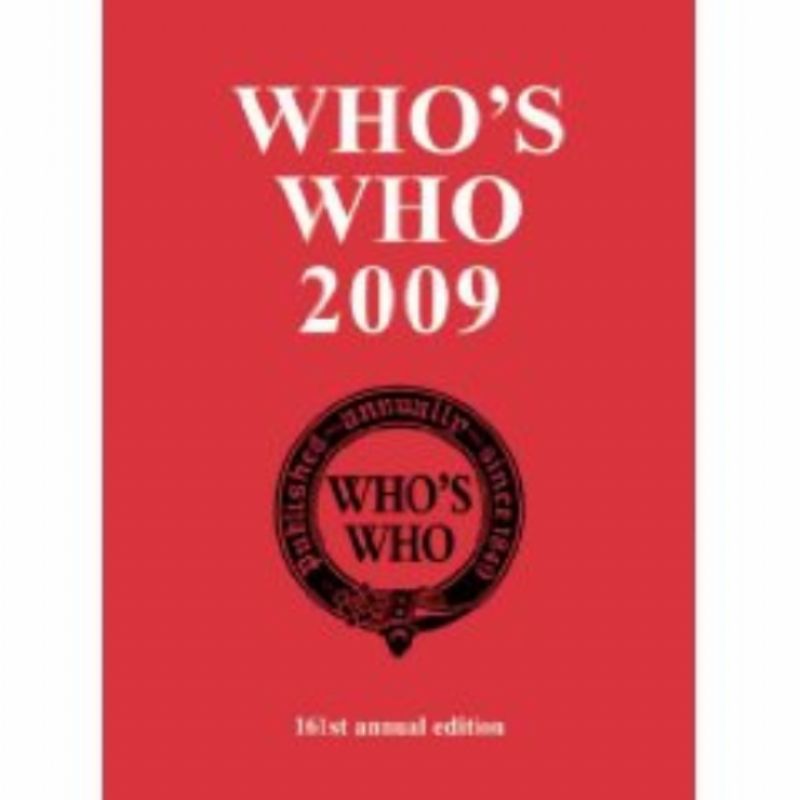After a busy day, which included a brown-bag lunch at Volans with SustainAbility co-founder Julia Hailes and several people from SustainAbility, I headed across to King Edward VII’s Hospital for my first cataract operation. It’s said that this is the world’s oldest operation, having originated in India and been brought back to the West by Alexander the Great. Whoever I need to thank, thank you – given that failing eyesight is a pretty depressing experience. Elaine came to keep me company and we spent some four or five hours going through the rituals, even though the surgery itself took only 15-20 minutes. Looked after a wonderful nurse from Zimbabwe, who was about to fly back to the country for 5 weeks: we talked about the cholera epidemic there and the terrible state of the country. Later, when I had recovered from the sedative and anesthetic, Elaine and I took a taxi home, getting out by Barnes Pond – and when I looked up the street lamps and incoming aircraft lights were surrounded by 180-degree coronas of brilliant sparkly lights.
Blog
Alarm bells at the Science Museum
The fire alarms went off at the Science Museum this evening, part way through the celebration of the Cambridge Programme for Industry’s 20th anniversary. Several hundred of us were herded out into the street while what look like the Ghostbusters crew moved in the opposite direction. Earlier, I had taken part in a lively panel discussion in the IMAX theatre. Polly Courtice kicked us off and then Professor Robert Mair (Master, Jesus College) chaired the panel, with Jonathon Porritt (Forum for the Future), Doug Parr (Greenpeace), Emma Howard-Boyd (Jupiter Asset Management) and I in the hot seats. Charmian, Sam and Smita came from Volans — and Sam took the middle pair of photos below.
 Science Museum, detail
Science Museum, detail  Perhaps accidentally, a Sam’s-eye view through rail
Perhaps accidentally, a Sam’s-eye view through rail  Sam’s-eye view of panel: Jonathon, Doug, Robert, Emma and me
Sam’s-eye view of panel: Jonathon, Doug, Robert, Emma and me 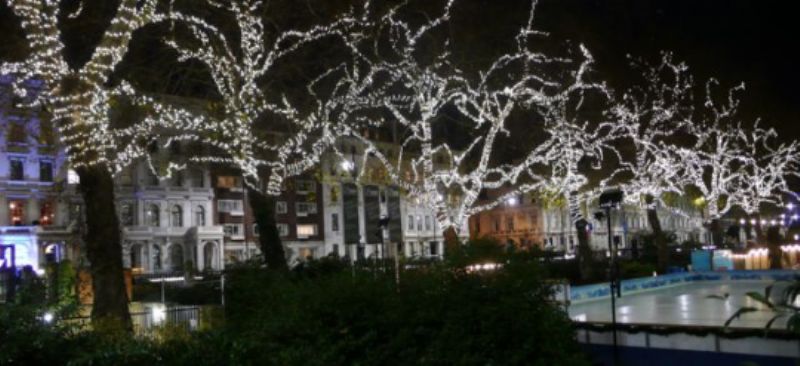 Christmas lights as I head home
Christmas lights as I head home
Barnes Pond and the Thames running low
Who’s Who
Global Impact Investing Network
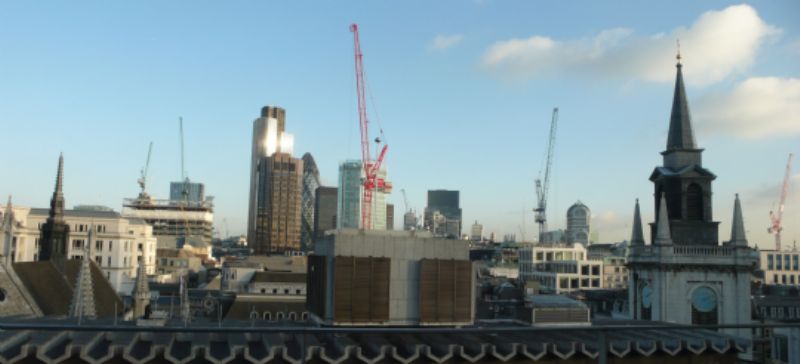 View from J.P. Morgan offices at 10 Aldermanbury
View from J.P. Morgan offices at 10 Aldermanbury
At a time when many people are thinking back to Presidents like Lincoln and FDR for clues on how to rescue the US economy, it might also be worth recalling John Pierpoint Morgan, credited with saving the US economy on two separate occasions. Was reminded of him this afternoon, which I spent chez J.P. Morgan Chase & Company, the financial services firm, which hosted (alongside The Rockefeller Foundation, Social Finance, Generation Investment Management and Citigroup) a meeting of people and institutions interested in building out a London node for the Global Impact Investing Network (GIIN). Obvious acronym would be GIIN, though that’s already taken by Groupe Intersyndicale de l’Industrie Nucleare, it seems.
In any event, GIIN — due for launch in 2009 — is “a select global group of investors and intermediaries who put capital to work at scale to generate social and/or environmental value as well as financial return.” Among those present were a number of people I knew, including Mark Campanale, who reminded me that he and I had first started working in the socially responsible investing field as long ago as 1988, with the Merlin Ecology Fund and Tessa Tennant.
In any event, the triple bottom lives — and, indeed, seems to be gaining traction in the heart of the economic beast. Look out for an impending report from the Monitor Group on the potential for impact investing. Meanwhile, I sometimes find myself wishing I hadn’t given up economics at university in 1968, though I doubt I would have learned that much that would have been directly relevant to today’s work, though a more thorough immersion in the works of Kondratiev, Schumpeter and Keynes would have been an advantage in these times.
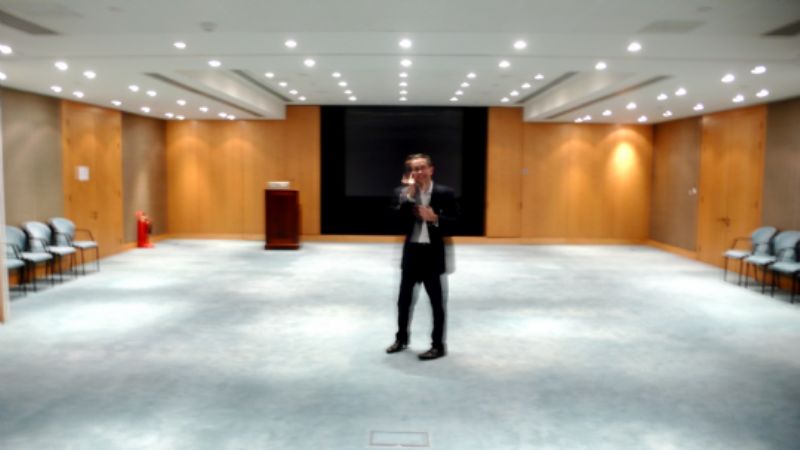 Mark Campanale in one of the rooms where reception will shortly be held
Mark Campanale in one of the rooms where reception will shortly be held

